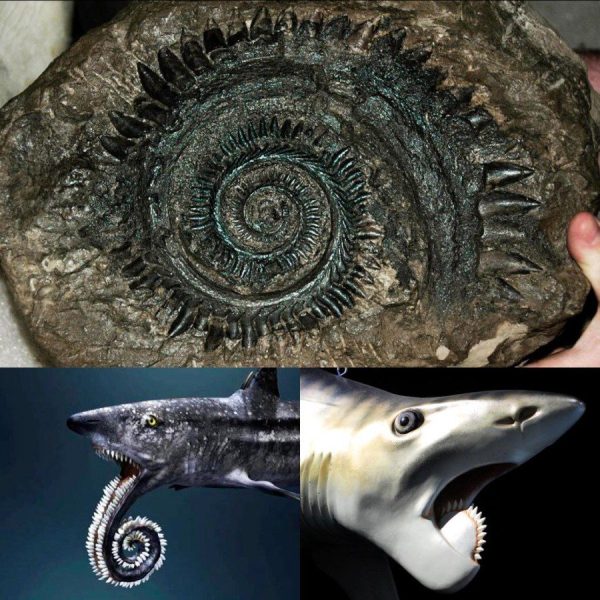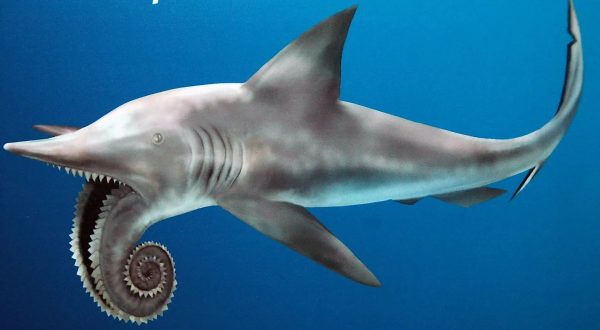
Helicoprion, an enigmatic extinct genus of shark, continues to fascinate scientists and paleontology enthusiasts alike. Flourishing during the Permian period, which spanned approximately 290 to 250 million years ago, Helicoprion remains shrouded in mystery, with its distinctive spiral-shaped tooth whorls sparking curiosity and debate among researchers. In this article, we delve into the intriguing world of Helicoprion, exploring its unique features, evolutionary significance, and the ongoing quest to unravel its secrets.
Discovery and Taxonomy:
The first fossils of Helicoprion were discovered in the early 20th century, primarily in regions such as Idaho, Nevada, and Texas in the United States, as well as in Russia and Kazakhstan. Initially classified as a type of ancient fish due to its unusual tooth whorls, Helicoprion’s taxonomic classification underwent several revisions before settling as an extinct genus of shark within the family Edestidae.
Distinctive Features:

What sets Helicoprion apart from other prehistoric sharks is its remarkable dental arrangement. Instead of traditional individual teeth, Helicoprion possessed a unique spiral-shaped tooth whorl, reminiscent of a circular saw blade. This distinctive feature, known as a “tooth whirl,” has puzzled scientists for decades, leading to various hypotheses regarding its function and evolutionary purpose.
Feeding Behavior:
One of the most enduring mysteries surrounding Helicoprion revolves around its feeding behavior. While some researchers speculate that the tooth whirl was located at the front of the jaw, functioning as a cutting mechanism to slice through prey, others propose that it resided deeper within the mouth, serving as a crushing apparatus to grind and consume hard-shelled prey such as crustaceans and mollusks.
Evolutionary Significance:
Helicoprion occupies a unique place in the evolutionary history of sharks, representing an intriguing adaptation that diverged from the conventional tooth structure seen in modern sharks. Its specialized dentition offers valuable insights into the ecological niche it occupied during the Permian period and sheds light on the evolutionary pressures that shaped its distinctive morphology.
Paleoenvironment and Extinction:
During the Permian period, Earth experienced significant environmental fluctuations, including fluctuating sea levels and climatic shifts. Helicoprion thrived in the ancient oceans of this era, coexisting with diverse marine fauna. However, like many prehistoric species, Helicoprion eventually succumbed to extinction, possibly due to changing environmental conditions or competition with emerging predators.
Modern Research and Interpretations:
Advancements in paleontological techniques, such as CT scanning and digital reconstruction, have enabled researchers to revisit and reinterpret existing Helicoprion specimens with unprecedented detail. These modern methodologies offer fresh perspectives on the anatomy, behavior, and evolutionary relationships of this intriguing prehistoric shark, paving the way for ongoing research and discovery.
Conclusion:
Helicoprion stands as a testament to the diversity and complexity of prehistoric marine life during the Permian period. Its unique dental morphology and enigmatic lifestyle continue to captivate the scientific community, driving further research and exploration into the evolutionary history of sharks and their ancient relatives. As technology advances and new discoveries emerge, the mysteries of Helicoprion are gradually being unveiled, enriching our understanding of Earth’s ancient oceans and the fascinating creatures that once roamed them.





